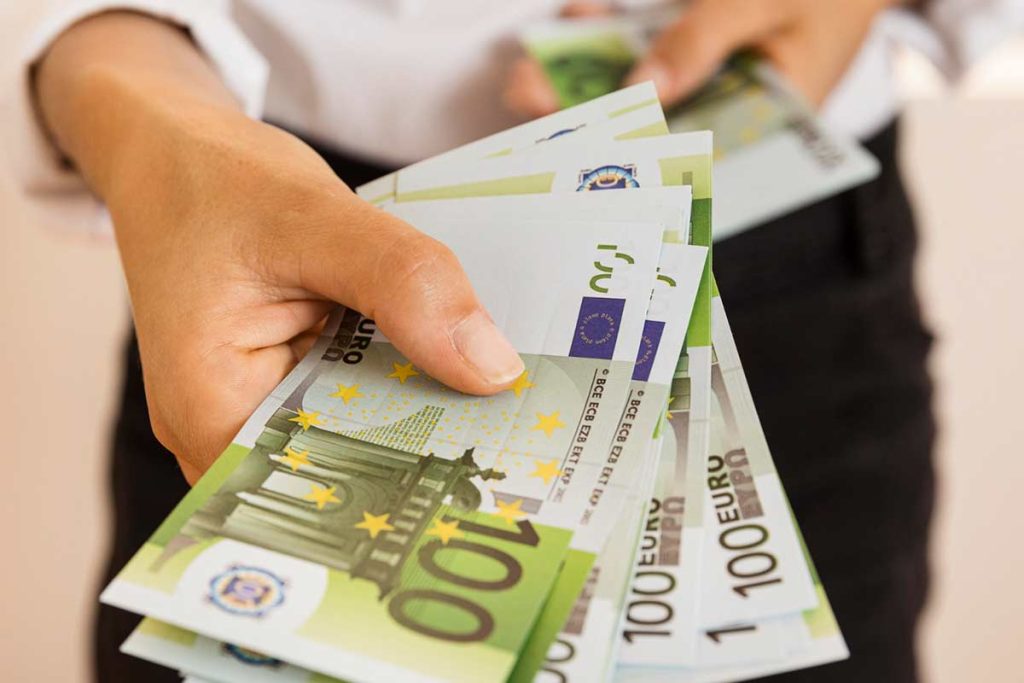Risk management is a fundamental aspect of any investment! The reason is very simple: Even the best fund manager periodically experiences financial losses. Not all stock market transactions can result in a gain, it is mathematically impossible! To last in the world of investment, you must therefore have the ability to withstand a « bad period » (both financially and psychologically).
Summary
The drawdown is a risk management indicator
This negative period is called “drawdown”: A negative difference, generally expressed as a percentage, of a performance. The maximum negative deviation suffered by a performance is called “Maximum Drawdown”. For example, if your capital goes from +80% to +50%, you suffer a drawdown of 30%. And if before that, your account had gone from +60% to +20%, your maximum drawdown is 40%. It is an important metric to judge a trader’s level of risk. Particularly useful if you invest your money in investment funds with high returns (therefore high levels of risk). To learn more about the concept of drawdown in general, you can go to this page.
Risk and return are linked
There is a direct correlation between return and risk. Achieving exorbitant performance implies an increase in risk in terms of percentage of capital. A return of 15% with an average risk of 0.5% is much more impressive than a return of 40% with an average risk of 3%. It’s all about aim and aggression. The greater the promises of returns, the greater the risks. To better understand and analyze the performance of a financial institution, we recommend this excellent article on the Le Revenu website!
How to manage your risk according to your profile
Here are some essential rules of Money Management. It is generally advisable to commit a maximum of 15% of one’s total assets. In other words, a financial investment should NEVER put you in financial difficulty, even if it completely fails. On this capital (intended to be invested), the risk per transaction must be a maximum of 1%. If you have a total K of one hundred thousand euros, you must therefore risk an average of 1000 euros maximum per operation. This risk management is prudent but it has an advantage: The psychological impact of gains and losses is nil, so you won’t make an investment decision under pressure. If you risk 1% of your capital, your gains will be a few percent at most. You won’t be rich if you win, or ruined if you lose… The emotional factor won’t influence your decisions and that’s the goal. Depending on your capital and your risk appetite, you can of course modify your approach. Some investment funds have very aggressive portfolios aimed at making big returns! Generally, they invest either in very volatile values such as the currency market or in startups with very promising concepts that have not yet been tested by the market!
Read also: How to get started in the stock market?




